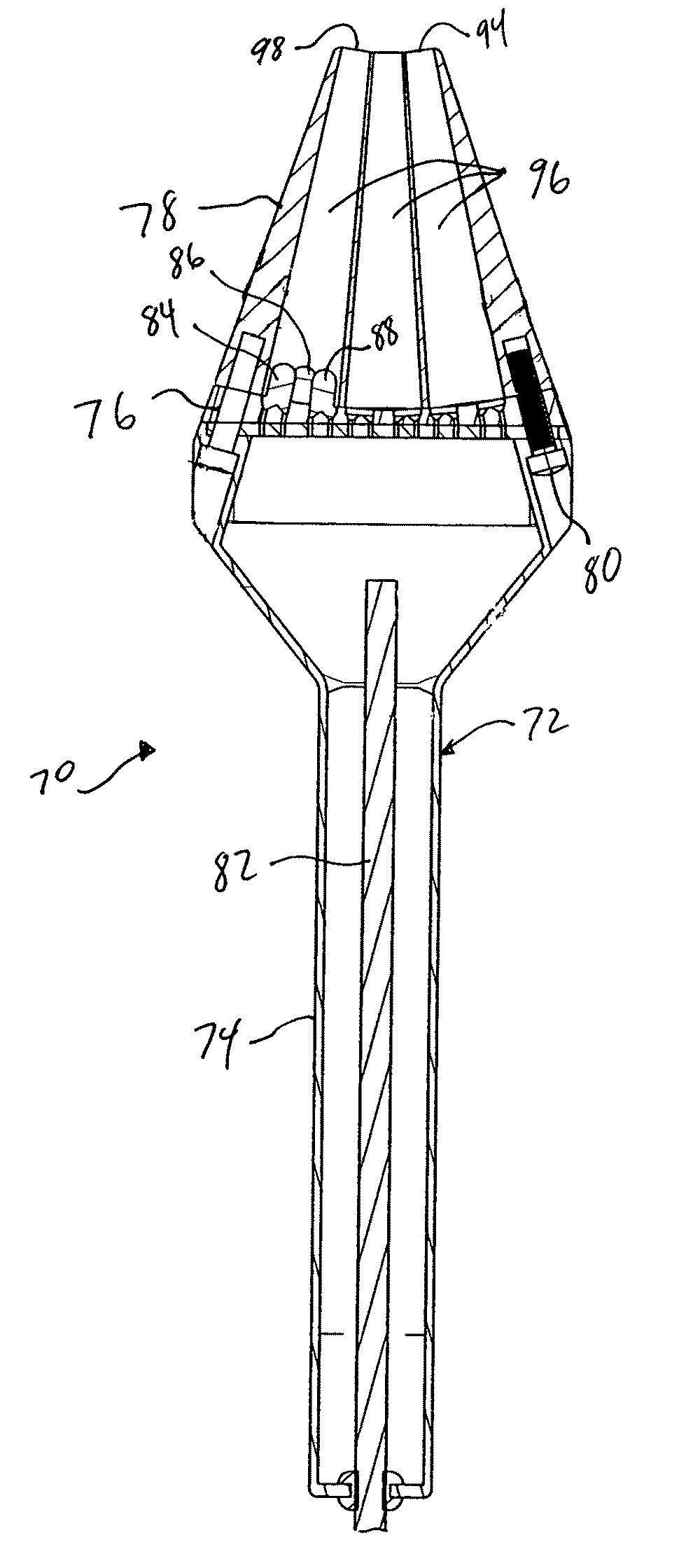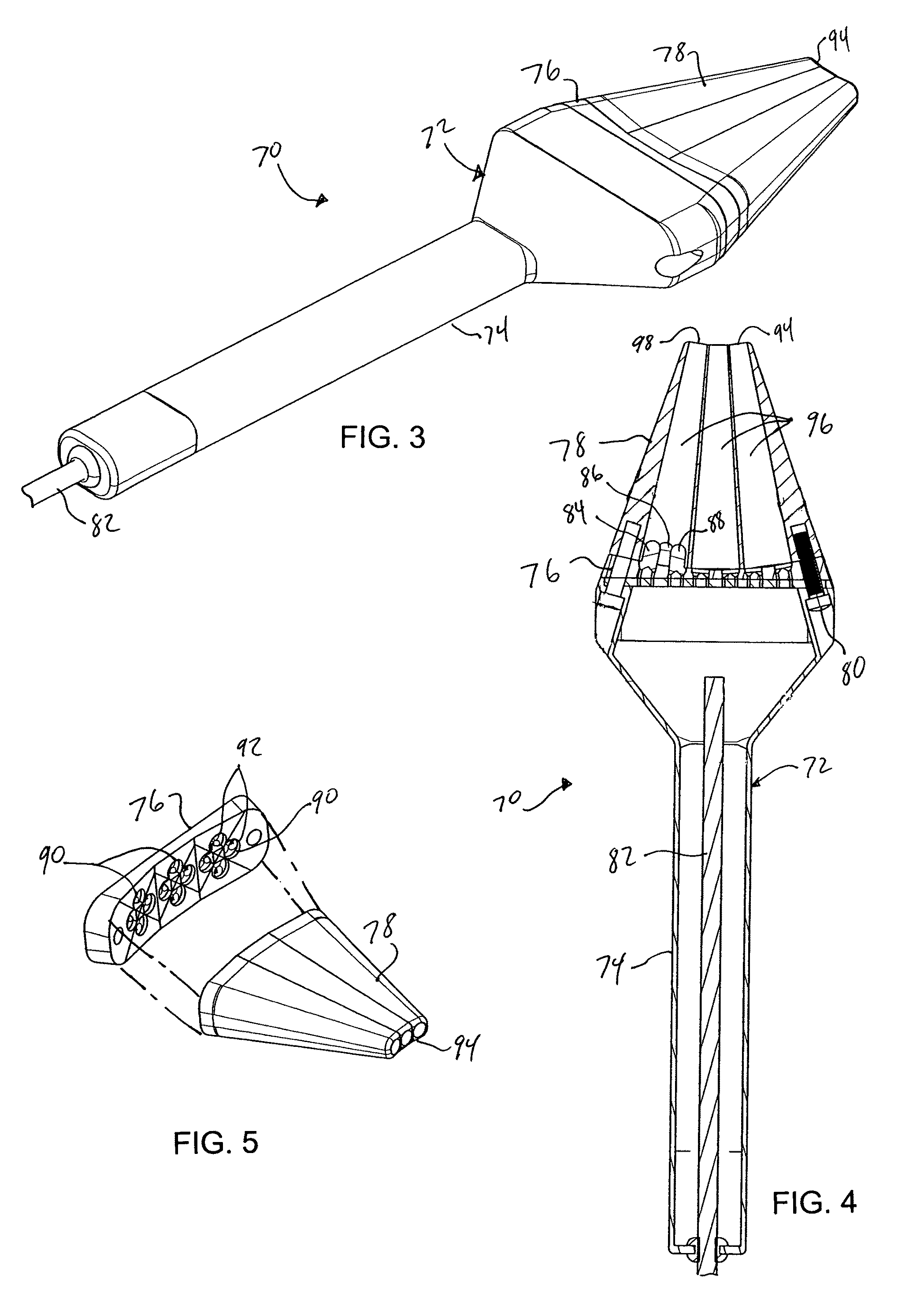Method and apparatus for diagnosing conditions of the eye with infrared light
a technology of infrared light and eye conditions, applied in the field of eye conditions or diseases, can solve the problems of reduced ability, severe limitation of the value of this technique, and elevation of intraocular pressure and glaucoma
- Summary
- Abstract
- Description
- Claims
- Application Information
AI Technical Summary
Benefits of technology
Problems solved by technology
Method used
Image
Examples
examples
[0048]The method of this invention was tested in the clinics of the Illinois Eye Institute (IEI) for acquisition of iris transillumination images of patients. Two groups of subjects were recruited from an existing patient pool at IEI, without preference to age or sex. The first group consisted of 12 Caucasian subjects, of which six were normal and the other six had PDS. The second group consisted of 12 African-American subjects, of which six were normal and the other six had PDS.
[0049]All 12 African-American subjects had dark-colored irides (dark brown). Among the Caucasian group, of the six normal subjects, four had blue eyes, one light hazel, and one light brown; of the six PDS subjects, three had blue eyes, one light hazel, two dark brown. These two groups were chosen to determine whether large variations in iris transmission spectra can be accounted for in image acquisition and processing.
[0050]These subjects were imaged using an apparatus as described above, in a total of 24 se...
PUM
 Login to View More
Login to View More Abstract
Description
Claims
Application Information
 Login to View More
Login to View More - R&D
- Intellectual Property
- Life Sciences
- Materials
- Tech Scout
- Unparalleled Data Quality
- Higher Quality Content
- 60% Fewer Hallucinations
Browse by: Latest US Patents, China's latest patents, Technical Efficacy Thesaurus, Application Domain, Technology Topic, Popular Technical Reports.
© 2025 PatSnap. All rights reserved.Legal|Privacy policy|Modern Slavery Act Transparency Statement|Sitemap|About US| Contact US: help@patsnap.com



